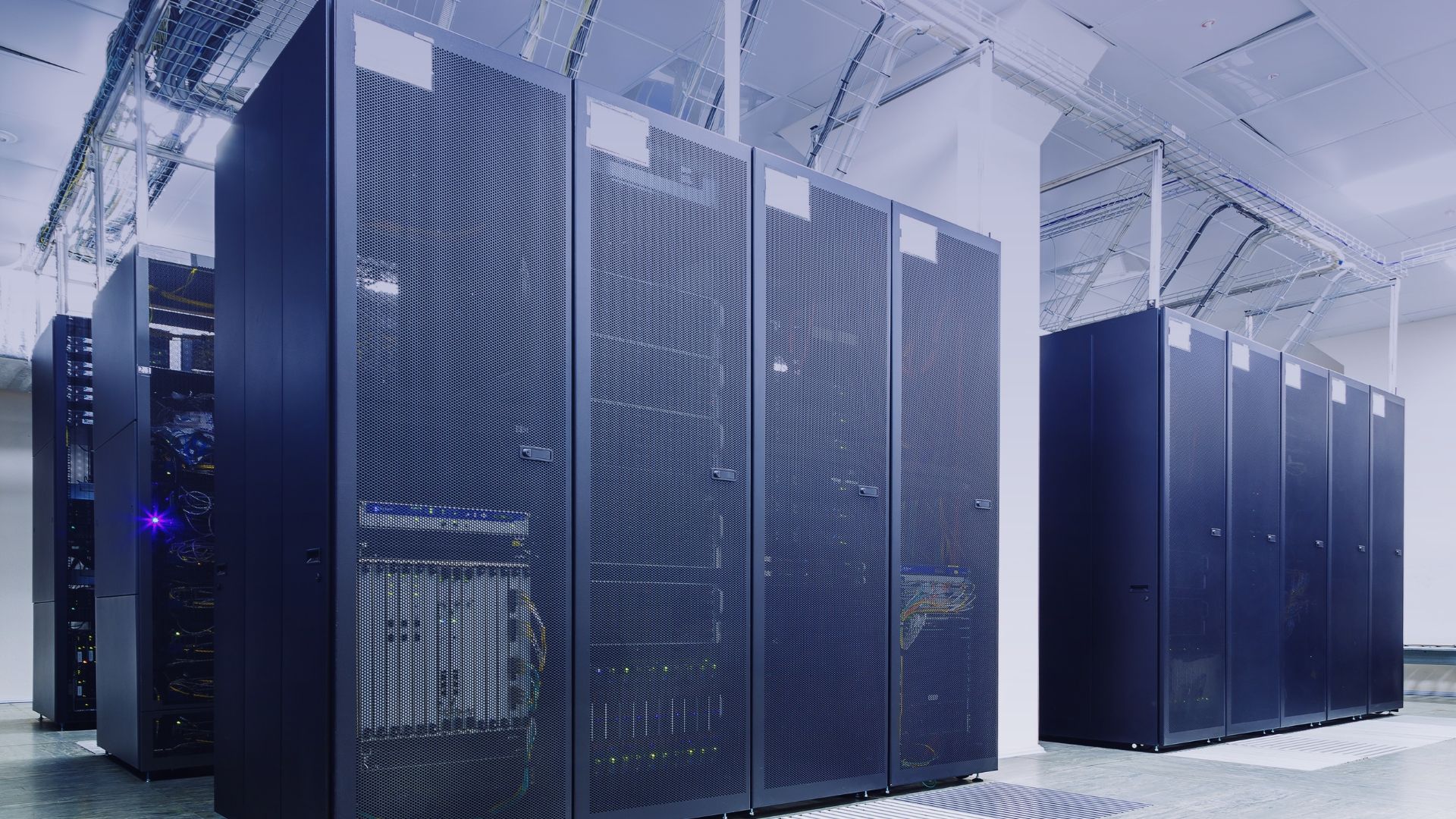Edge Data Centers
Edge Data Centers

In an increasingly connected world, the ability to process data in real time is essential.
Edge Data Centers have emerged as an innovative solution to bring data processing closer to the end user.
What Are Edge Data Centers?
Edge Data Centers are smaller, distributed facilities located close to where data is generated, unlike traditional data centers, which are situated in centralized locations.
Being closer to devices and users, these centers can process and analyze information almost instantly.
Importance of Edge Data Centers
Latency Reduction
By bringing data processing closer to the source, the time it takes for information to travel between the user and the server is reduced. This is vital for applications that require immediate responses, such as telemedicine, autonomous vehicles, or security systems.
Resource Optimization and Connectivity
Distributing data centers across different locations enables more efficient management of information traffic. This minimizes network congestion and enhances the user experience by providing faster and more reliable services.
Scalability and Adaptability
With the growth of the Internet of Things (IoT) and the integration of more connected devices, Edge centers offer the flexibility to expand and adapt digital infrastructure according to market demands, facilitating the incorporation of new technologies.
Enhanced Security and Privacy
Processing data locally in an Edge center can enhance security by reducing the amount of information that needs to travel to centralized centers. This lowers the risk of interceptions and improves the protection of sensitive data.
Edge Data Centers represent a crucial evolution in how we manage and process information.
Relevant Use Cases
- Internet of Things (IoT): Smart devices generate data that require immediate processing to function properly in home, industrial, and commercial applications.
- Industrial Automation: In smart factories, real-time responsiveness is key to maintaining efficient and safe processes.
- Digital Entertainment: Streaming services and online gaming benefit from reduced latency, enhancing the user experience.
- Telecommunications and 5G: The deployment of 5G networks is complemented by Edge centers, enabling agile data traffic management and reducing bottlenecks.
Their ability to reduce latency, optimize resources, and enhance security makes them an essential pillar for the digital future.
As businesses and services increasingly rely on immediate responses and constant connectivity, Edge centers will continue driving innovation and efficiency across all sectors.
This close and distributed approach not only improves the user experience but also lays the foundation for a more resilient digital infrastructure, ready to face the challenges of tomorrow.



